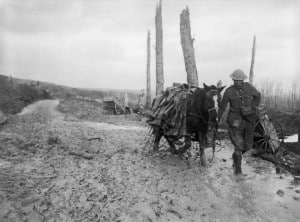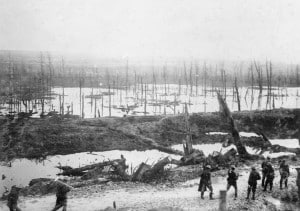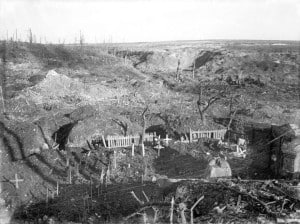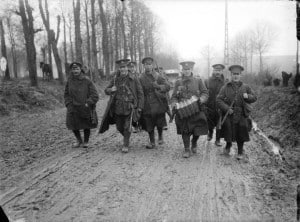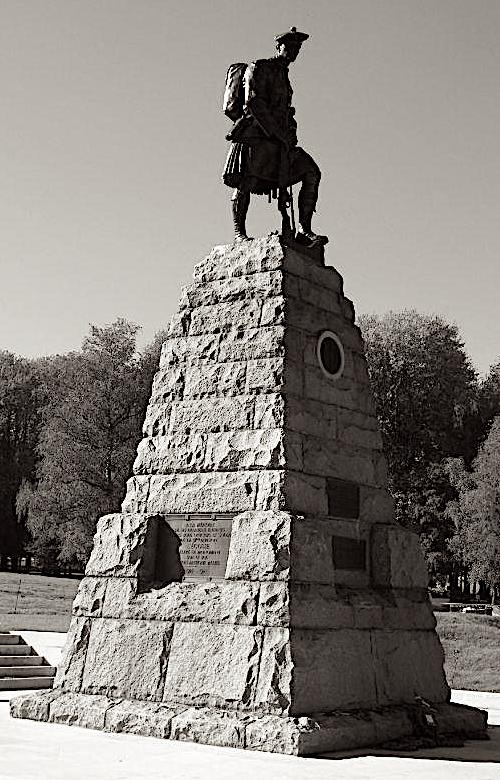
Not only is Sunday the national day of Remembrance, it’s also the 100th anniversary of the successful assault by the troops of 51st (Highland) Division on Beaumont Hamel during the Battle of the Ancre – the final large British attack in the Battle of the Somme.
The heavily-fortified Beaumont Hamel had originally been unsuccessfully attacked on the first day of the Somme and was regarded as almost impregnable.
The 51st’s objective on November 13 was to capture the village south east to a ‘Y’ ravine. The attack had originally been planned for 24 October but was delayed due to poor weather.
Wire cutting using artillery and two-inch mortars had begun in the area in late October. Details were kept on the extent of the damage with raiding parties and patrols launched into the enemy trenches with the task of determining what units the attack would face.
On Nov 13 at 5.45am, a mine was exploded as the signal for the attack to begin, after which a fierce bombardment of the German position began. Fog helped with concealment and delayed the enemy response.
Due to the wet, heavy ground the rate of advance was about 25 yards a minute. There was strong resistance and it took all day to capture the action’s final objective, “Y” ravine.
The night was spent consolidating the position with further progress made the following morning.
The part played by the division was summed up by Lieutenant-General Sir E A Fanshaw K.C.B.
He said: “It is evident in the newspapers that all the world looks upon the capture of Beaumont Hamel as one of the greatest feat of arms in the war, and those who know the ground and the defences it must ever be a marvellously fine performance.”
The scene of the Division’s success is commemorated by a memorial in France (pictured, above) located near Y Ravine on the 84-acre Beaumont Hamel Newfoundland Memorial site.
Many thanks to Major Donald Elliot, the vice chairman of HRFCA’s eastern area, for highlighting this important anniversary, giving us the chance to find out more about the bravery of the 51st Infantry Brigade’s antecedent regiments and their high point of the First World War.
Images (below) show scenes from the battlefield.
